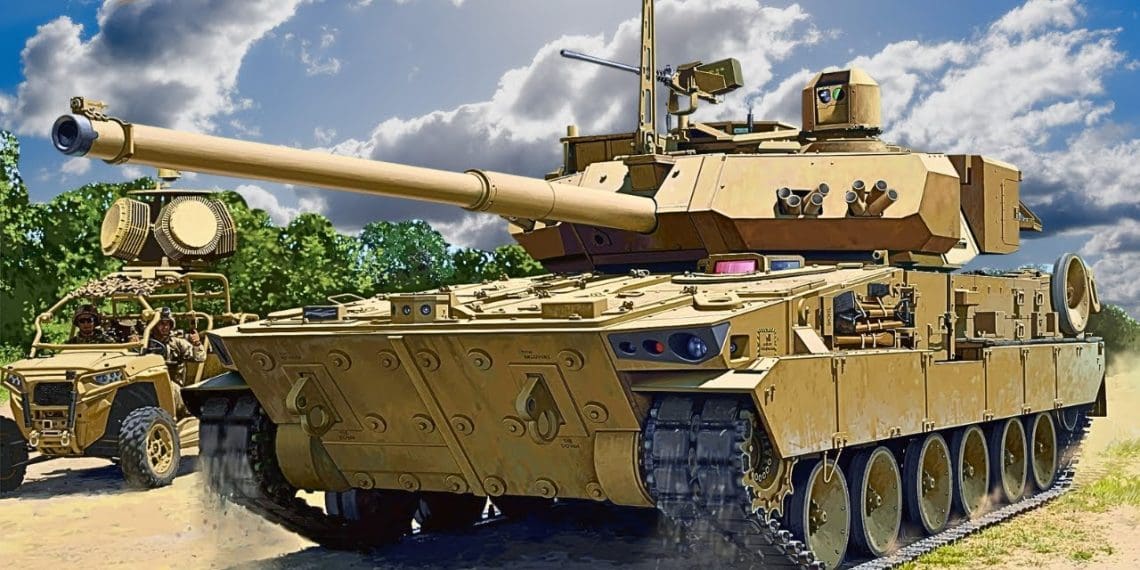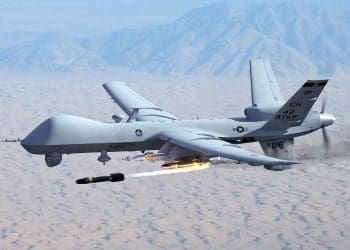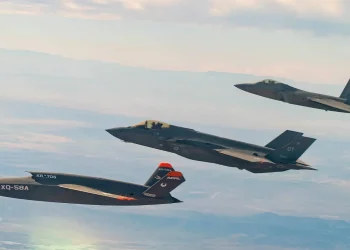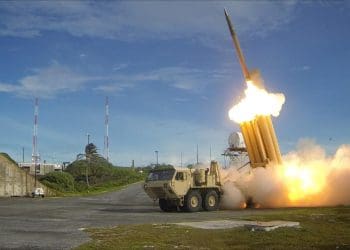In a significant boost to the U.S. Army’s modernization efforts, General Dynamics has secured a $300 million contract for the purchase of additional M10 Booker Combat Vehicles, a new-generation light tank designed to enhance the Army’s armored forces. This deal underscores the Pentagon’s commitment to adapting its mechanized brigades for the evolving battlefield, particularly in light of the lessons learned from ongoing conflicts like the war in Ukraine.
The M10 Booker, a 40-ton light tank, is armed with a formidable 105mm main gun, supported by a 12.7mm heavy machine gun and a 7.62mm machine gun. Its design prioritizes mobility and modularity, allowing the platform to be easily upgraded with new sensors, optics, and other technological advancements as warfare continues to evolve. The Army plans to deploy over 500 M10 Bookers by 2035, with four battalions set to be operational by 2030.
This vehicle fills a critical gap in the U.S. Army’s armored capabilities, particularly in scenarios requiring rapid maneuverability and high firepower. The conflict in Ukraine has highlighted the ongoing importance of tanks on the modern battlefield, despite the increasing use of drones and advanced anti-tank munitions. The M10 Booker’s modular design ensures it remains a relevant and adaptable asset for decades, reducing long-term procurement and upgrade costs.
Named in honor of Private Robert D. Booker and Staff Sergeant Stevon A. Booker, two decorated soldiers who demonstrated exceptional courage, the M10 Booker represents more than just cutting-edge technology—it’s a symbol of valor. The vehicle’s protective capabilities allow squads to maneuver under heavy machine-gun fire, providing much-needed shielding for soldiers during high-stakes operations.
In addition to the new contract, the Department of Defense has allocated $297 million for long-term technical support for the M10 Booker through 2029. This funding will be used to maintain the platform’s readiness, ensuring it reaches initial operational capability by the 2030s.
However, despite its critical role in addressing a long-standing capability gap, the M10 Booker was notably absent from the 2024 Army Force Structure Transformation Initiative, a key white paper outlining the service’s adaptation to new operational environments. This exclusion is intriguing given the vehicle’s importance to the Army’s future tank strategy.
In an era where the relevance of traditional armored vehicles has been questioned, the M10 Booker stands as a testament to the enduring necessity of tanks in modern warfare. As battlefield threats evolve, this vehicle will be key to ensuring that U.S. forces maintain their armored superiority in the decades to come.










